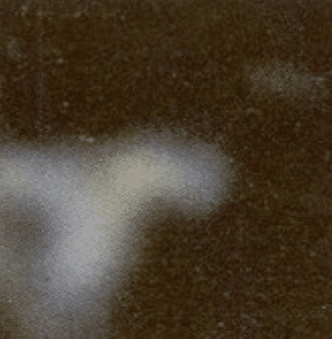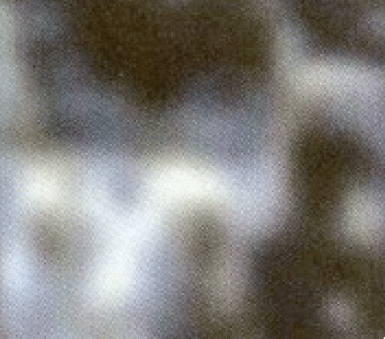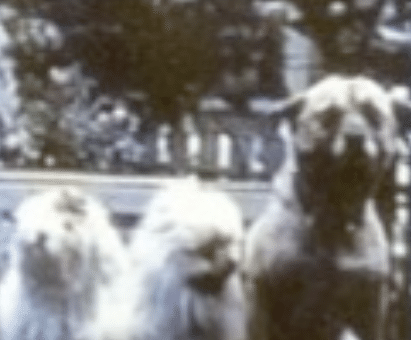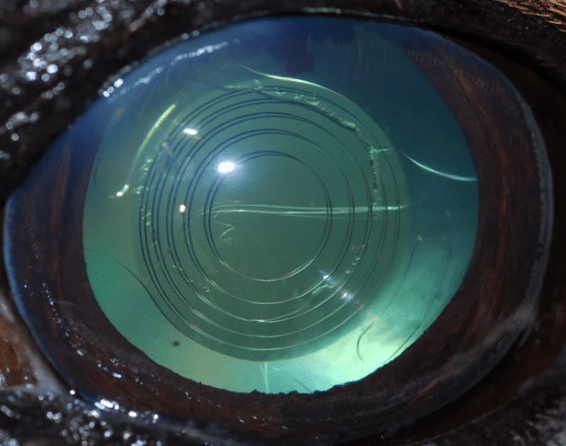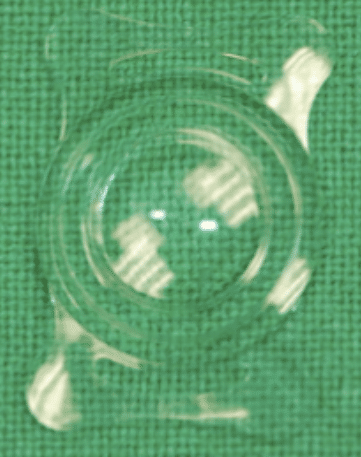What are cataracts?
A cataract is a change in the clear protein of the lens. Normally the lens is clear allowing the image on which they eye is focused to be clearly projected onto the retina. When some of this protein becomes abnormal it becomes crystallized and opaque. This opaque area distorts the image and blurs the image slightly. As the cataract gets larger more and more of the image becomes distorted until vision is affected.
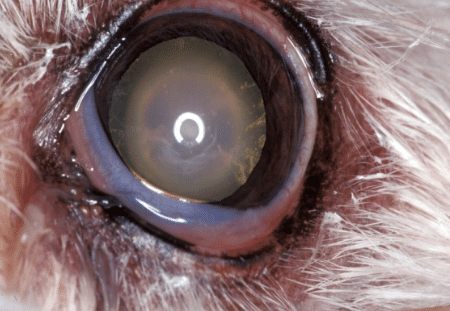
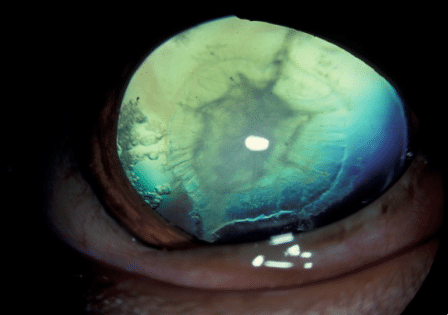
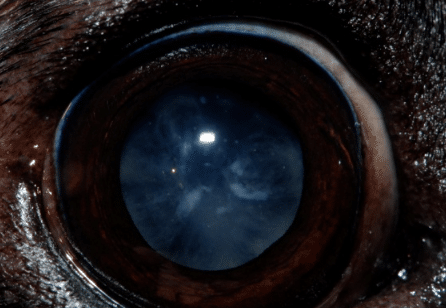
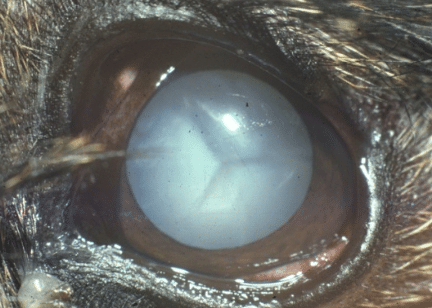
Vision of dog
(photographs modified to reproduce the vision in dogs)
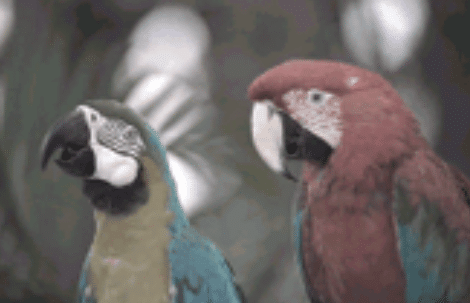
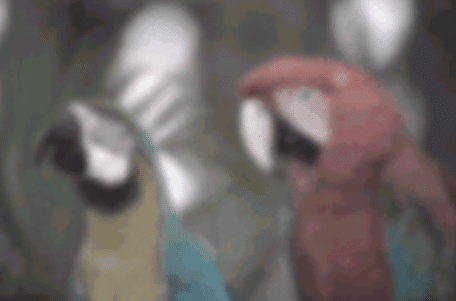

What causes cataracts?
There are several causes of cataracts including injury to the eye, other diseases of the eye, internal diseases of the patient (especially-diabetes), and aging changes. However, the most common causes among dogs are inherited factors. These vary from one breed to another in how they are inherited, at what age they develop, how quickly they develop and how much they affect vision.
What treatment is there for cataracts?
No medication will keep cataracts from becoming worse or cause a cataract to “clear-up”. Medical treatment (usually eye drops) is often used to control the inflammation caused by the cataract or to open the pupil to increase vision.
Removal of the cataract (surgery) is still the only method of improving vision in a patient with cataracts. Whether or not cataract surgery would be helpful for any individual patient depends upon many factors. Several differences between a human eye and a dog’s eye should be considered in determining if cataract surgery is advisable for your pet.
Before cataract surgery the eyes need to be carefully evaluated. Active problems within the eye must be controlled before surgery is considered. Surgery is performed under general anesthesia (gas with oxygen). Certain laboratory tests are done to learn of any other internal medical problems which may require treatment.
An artificial lens can be inserted in the bag of the natural lens to improve the visual acuity of the dog.
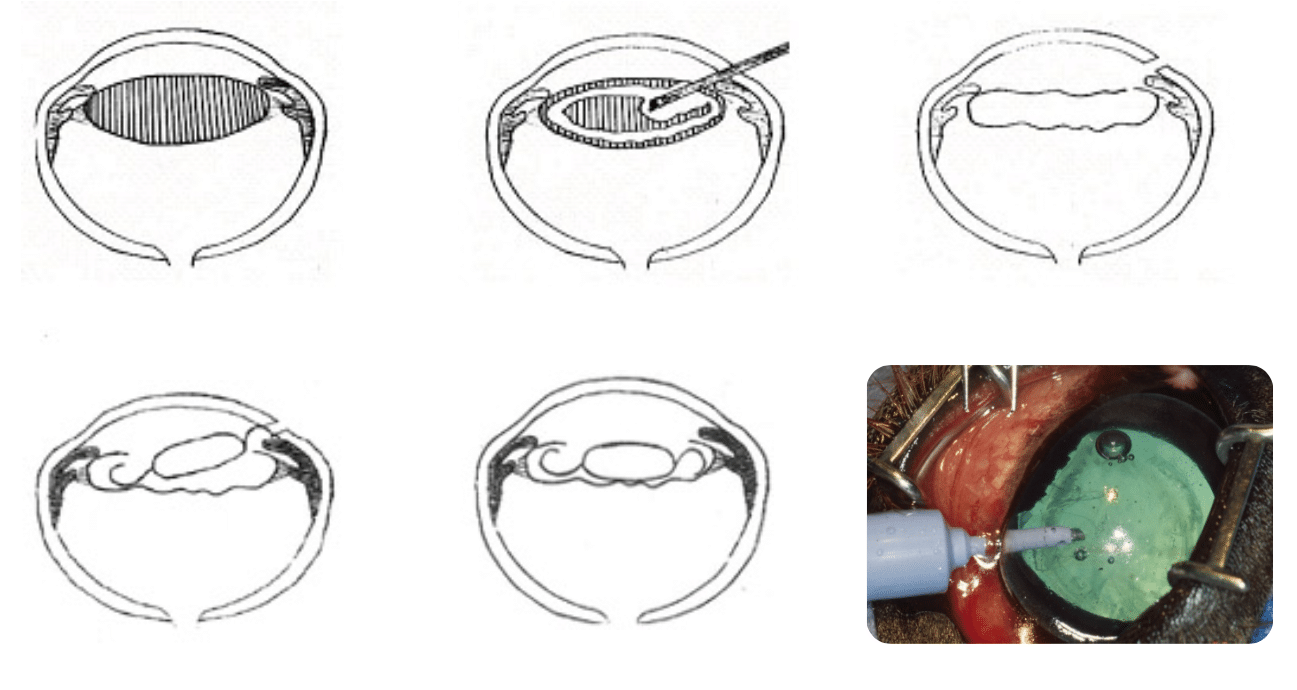
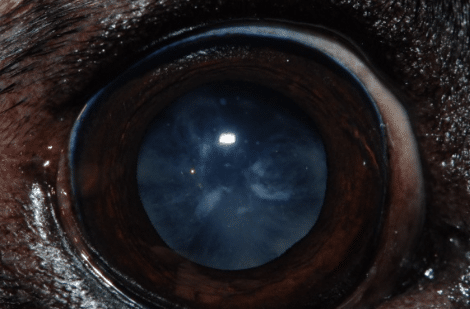
Œil avec une cataracte immature
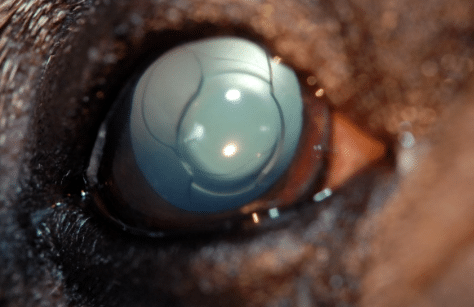
Même œil 24 heures après la chirurgie avec un cristallin artificiel.

Même œil 3 semaines après la chirurgie

Implant cristallin
Artificial lens and visual acuity:
(Photographs modified to reproduce the vision in dogs)
